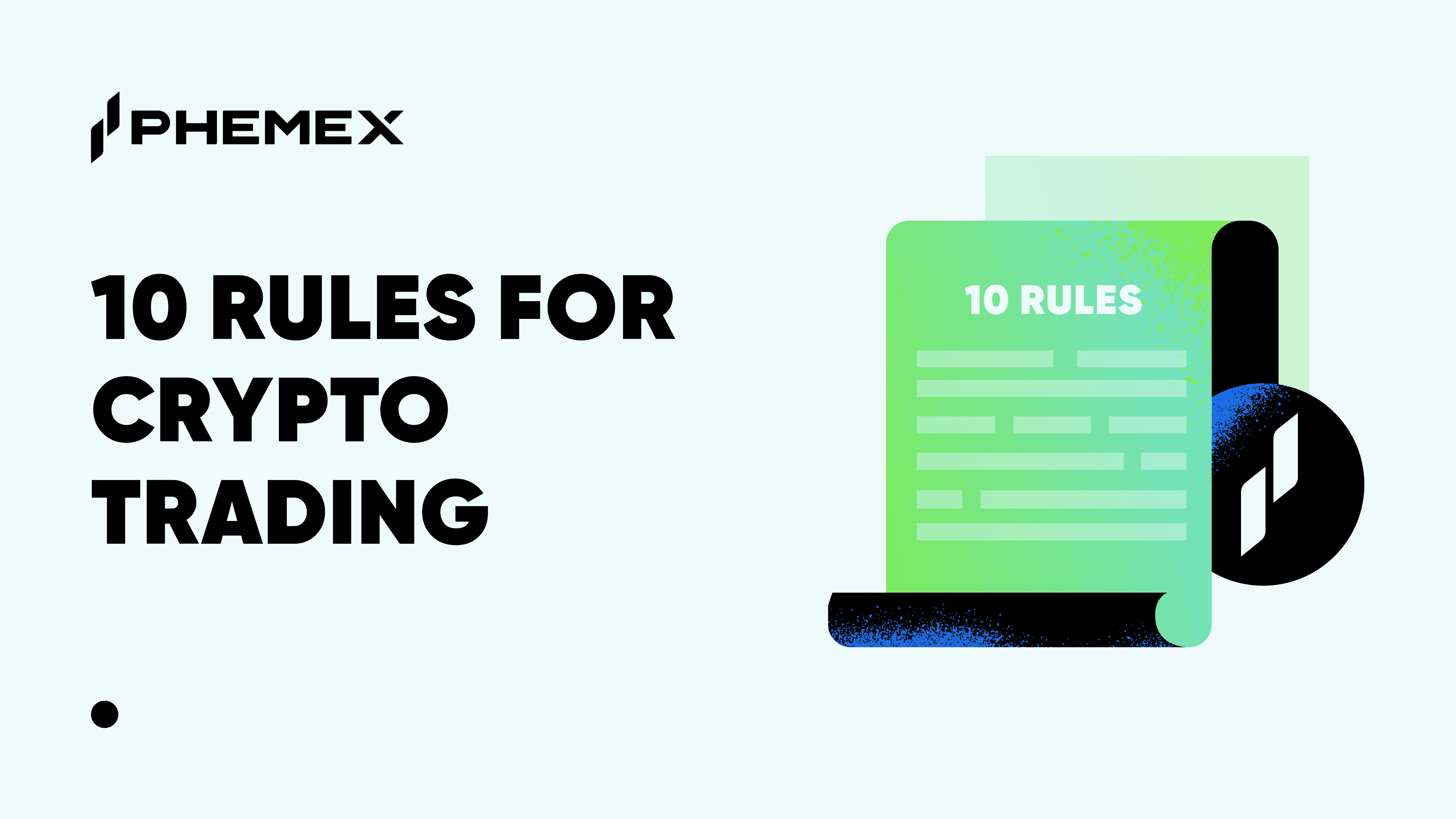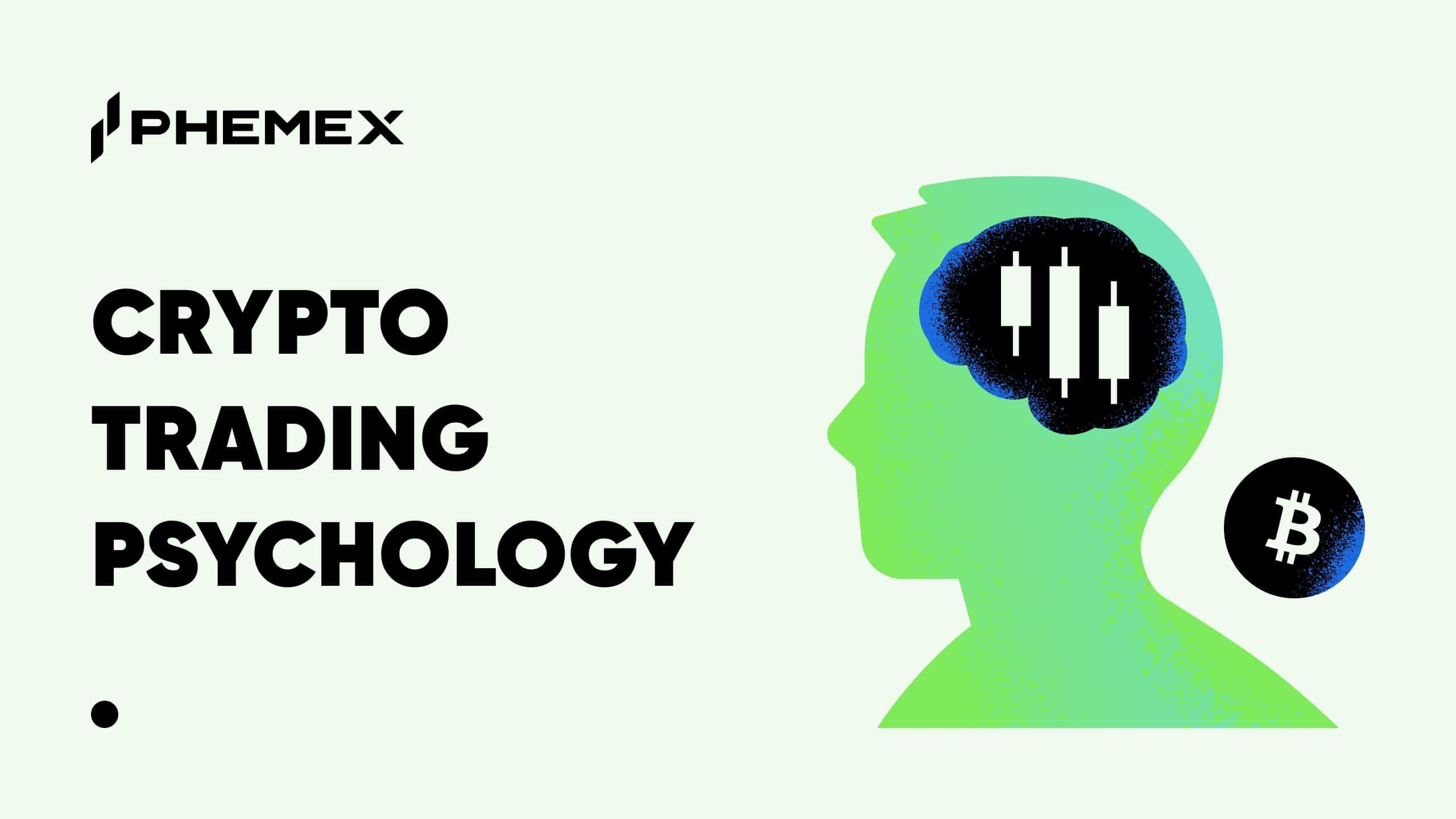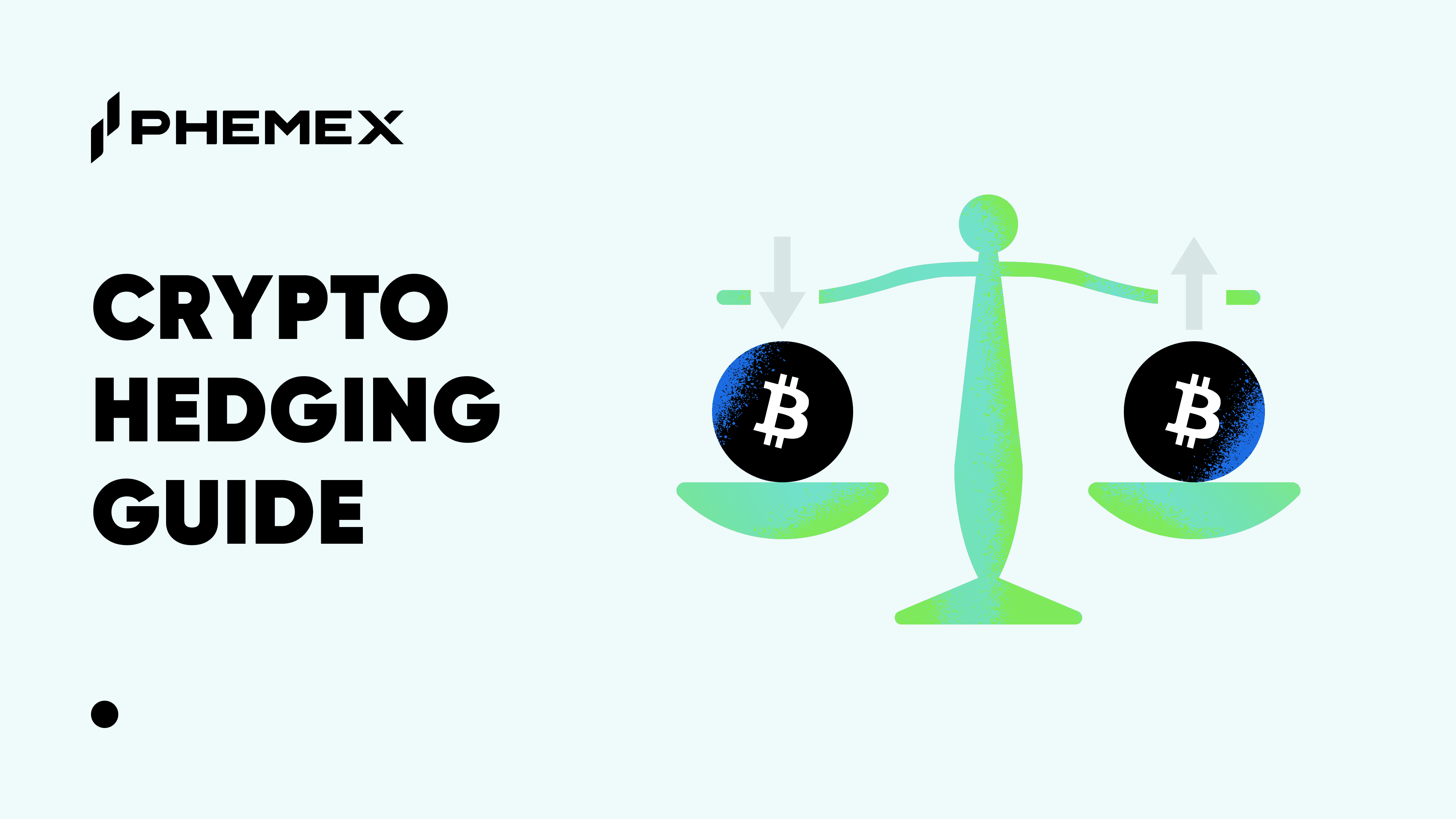In the last article, we covered both the idea of market depth and thick or thin markets. We talked about liquid markets being markets that offered plenty of orders for both buyers and sellers to participate in. We also discussed how close the current bid and ask are i.e., the spread, and how orders are stacked in relation to this spread.
Learn About Liquidity – What is Liquidity in The Crypto Market?
In this article, we will discuss how we can measure liquidity and use it to make more informed and intelligent trading decisions.

Measure Liquidity and Start Trading in Both Liquid and Illiquid Markets
Generally speaking, there are a few things to consider for trading in either thick or thin markets. In thin markets, we should opt for using limit orders. Using market orders in a thin market can become quite expensive as not only are you paying a fee to take liquidity, but you are also going to experience more slippage when doing so. The cost to jump the spread is higher in thin markets.
As well as execution, it can be argued that sizing in thinner markets should be reduced. Since thinner markets tend to be more volatile, you expose yourself to greater risks that come with unexpected swings in price. Your stop might only be 2% away, but if that stop is a market order executing into an empty book, you will not be limited to that loss.
In thicker markets, the cost of using a market order might be worthwhile for the guarantee of execution, especially if the trend is fast-moving. If you are placing a limit order into a very thick book, you may find difficulty getting filled without a significant counter-trend move in your direction or placing the order well in advance. As part of using a limit order, you will be placed in the queue and prioritized based on when you created the order. You are essentially waiting in line behind all others looking to execute at the same price before you.
Observing Depth and Liquidity
We can get a quick glimpse of depth and liquidity by viewing the order book and market depth. In the image below, we can see not only an orderbook but a depth chart labeled with bids and asks. The distance between the nearest bid and ask is the spread. It is essential to understand that this depth chart will change quite frequently and dramatically as the price is moving. Overall, it can still give us a good glimpse of the availability of resting liquidity relative to the current market price.

Generally speaking, in thinner, more volatile assets, we will see a minimal amount of depth and wide spreads, such as the ICX chart below.

The spread is about 100 basis points, and the depth is extremely shallow. It does not help that in thinner assets, market makers are less willing to provide liquidity, making trading that much more problematic and reliant on buyers’ and sellers’ natural sources.
The benefit of seeing larger stacks of bids and offers on the depth is that the levels right before these can act as potential areas of support or resistance. These are areas that may be ripe with liquidity and serve to slow down any price movement. This should be easy to understand as markets that are thinner are generally easier to move, while markets that are thicker tend to be slower moving.
Going from an area of low liquidity to high liquidity should cause a change in how price either speeds up or slows down.
As stated above, market depth can change quite dramatically as the price is moving, and sometimes these levels that we see that appear to be stacked can be illusory. As a reminder, this type of resting liquidity is an advertisement and can be quickly changed. Sometimes this type of behavior is used for market manipulation. This is something we will cover in our next article on “spoofing”.
So, if this is sometimes prone to false advertisements and is continually changing, what is another way to observe liquidity and use it to our advantage?
Using The CVD (Cumulative Volume Delta)
Just as a heads up, this tool is a bit more advanced, and for the sake of simplicity, we will not explore this too deeply.
What is the The CVD Indicator?
The CVD stands for Cumulative Volume Delta. This is a running total of the orders that occurred at the bid and at the ask. Delta specifically, is the difference between aggressive buyers and aggressive sellers. “Aggressive orders” are market orders. So, if within a 10 million contract candle, we have 6 million orders at the ask and 4 million at the bid, the delta is +2 million. This means there was more aggression by buyers than sellers.
Each candle has its own Delta, so CVD is just a cumulative total of those from a set point in time. Usually, this is going to track price, but where it deviates can be telling. In the chart below, we have a typical candlestick chart and a CVD below.
How to Use The CVD
Since the CVD is a running total of market buys and market sells, we can see what side of the market is making an effort. If we see that one side is making a strong effort, but it is not being reflected in the price, then we may be able to make a case for that area being stacked with liquidity i.e.friction. The opposite can be said if we have minimal change in CVD/Delta but have a larger price change.
Imagine a case where we have two candles of the same delta and volume but with different ranges. It can be assumed correctly that the candle with the larger range occurred in a more illiquid environment leading to less opposing force against the order.
Think of this as trying to determine work vs. results. In the example below, as indicated by the drawings, we have a case where toward the right side of the structure, CVD was actually greater than it was on the left. This indicates that there were more aggressive buyers than sellers. Instead of price moving higher up, it found resistance sooner. This is clearly a thick area of liquidity and therefore acting as resistance.


The opposite can be said if we see that price is moving more than the CVD, which could indicate a thin area of liquidity where there is minimal pressure. We see this toward the right side of the image after the last box where CVD gradually turns, but the price makes a more dramatic move down.
Using a tool like the CVD or just observing how a price is affected by changes in volume can be an advantageous way to monitoring levels or pockets of liquidity. The CVD is specifically a tool that many order flow traders use to make a case for strong support and resistance levels that can lead to directional changes. For example – If we see that over the course of price respecting a support level that CVD has continuously moved lower, we might be able to make a case for sellers getting trapped by a much larger force at the lows. Therefore a reversal could be setting up.
These are some simple ways and tools that we can use to observe overall levels of liquidity as well as specific areas where liquidity changes. In the next article, we will dive deeper into the concept of “Spoofing”.
Read More
- Liquidity: What is Liquidity in Crypto Markets?
- What is Liquidity in Cryptocurrency& How does it Work?
- What is a Liquidity Pool: Achieving Efficient Asset Trading
- What Is Crypto Trading Volume: How It Affects Price
- How to Trade Bitcoin with Volume Profile
- What is a Liquidity Provider & How does it Work?
- What is Cumulative Delta (CVD Indicator): Bitcoin Capital Inflows & Outflows
- Understanding Trading Volume in Ranges and Trends








